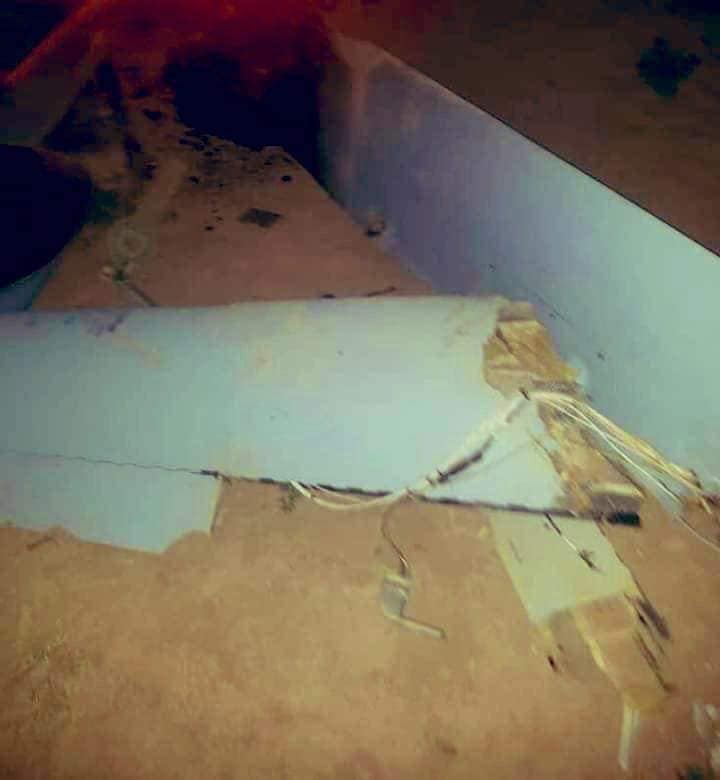Yeah but in tests you can destroy the at-3 with a 9mm gun controled by a radar. That doesn't mean it will be a good system.
The Igla was never intended to shoot down ATGMs, and would not normally be in a position to do so, but the fact that it can makes it a rather impressive system and the upgrade to solve the problem found in the test means the Igla-S and later Verba are both now much better at dealing with drones and other small targets.
I am not suggesting that Russian tanks should now be fitted with Verba or Igla-S to shoot down Javelins... whose lofted flight profile and very slow speed would make them horribly vulnerable to being shot down by these missiles, but it suggests this upgrade makes these weapons vastly more capable against a much wider range of targets... which is a good thing.
With long range SAMs they also took the time to make sure they were able to engage ARMs and BMs of all types which has turned out to be a very valuable bit of foresight.
With these proximity fuses it makes the weapons vastly more capable in a much wider range of roles and makes the Gibka ship and vehicle mount much more capable without adding any cost at all.
Moreover russian tests their AD against real threat rather than "target drones" which are easier targets than the one they are imitating like the US.
Yeah, I think you are confusing American... for profit companies... trying to make their product look good for the military observers, with the Russian military itself testing its current operational systems to explore what range of targets it can be used against. They used the AT-3 because it is used as a target missile, it is cheap, but it is also very small with fairly small IR signature and can be flown very low altitude with a manual flight control that can be tricky to follow... it is actually a problem for an ATGM but for a drone it makes it a more difficult target. Adding a flare launcher to the front section where the warhead would normally go suggests they wanted to make this a difficult target... how many drones do you know of that release decoy flares?
They didn't post the results on RT and they don't put it in the sales information for the Igla-S or Verba... you have to dig to find this information because it was proper testing rather than a sales and marketing gimmick that you seem to believe it is.
From your own answer: British used a system that sucks against exocet and lost ships. US used patriot against something not design for and lost men.
Patriot was not designed to be used against Scuds, but it was supposed to be used against cruise missiles and it failed in Saudi Arabia too.
If a Turkish sub launches 4 harpoons against that Mistral, they will go through for sure.
Why do you think that?
Look on paper and the radar of the Mistral should detect a Harpoon at quite a distance and with two Gibka mounts it would be able to launch at two incoming missiles as soon as they get in range and then are immediately able to acquire the second pair and fire with reasonable chances of kills.
I would agree that an enemy wanting to sink a Mistral could easily overwhelm its defences because it is French and designed to be protected by other ships... like British and the US Navies think. For the Russian Navy, they think of aircraft carriers as being there to support the ships they are with so for instance the Kuznetsov has 192 naval TOR missiles to protect it... and with the new model TOR you can load twice as many missiles into the same space with smaller lighter faster and longer ranged more accurate missiles, so 384 odd missiles ready to fire just by replacing the launch tubes... in fact the naval system uses a rotary launcher so replacing it with the four round packs of the land based system you could probably fit rather more missiles in a cheaper simpler launcher system with no moving parts except the launch hatch.
If the Mistral was a Russian design it would likely have been fitted with TOR and Kashtan at the very least.
It is not.
Did they at least ever test those US manpads against cruise missiles ?
Well the Americans fit them on ships like that too don't they? So I would hope they have... I don't know whether Stinger in the latest models have a proximity fuse or not... if they do they should be fine... but no matter what the armament is there will be a level of attack it cannot deal with.... the point is that with TOR and the like the number is very high which makes the attack expensive and much more obvious and vulnerable to counter attack...
Sorry we should stop this discussion as it is a bit off topic... I think we both agree that Mistral could do with better armament... in terms of design of course it comes down to... the more defence capability you put on there the less space and money left for what it is supposed to be doing. Having a full air defence system might mean you lose 2-4 helicopters because there is no longer space for them, and this is a helicopter carrier... helicopters are its point. Of course you don't want a warship a Somali pirate in a speed boat armed with a PKM and an RPG can take over your helicopter carrier either...













